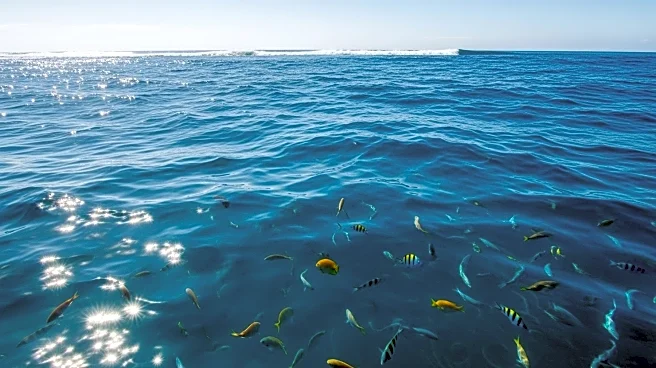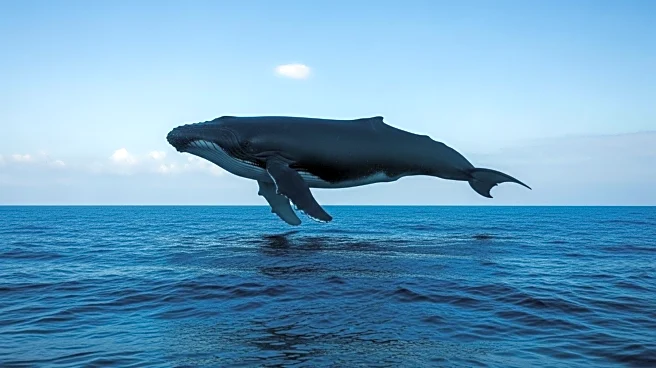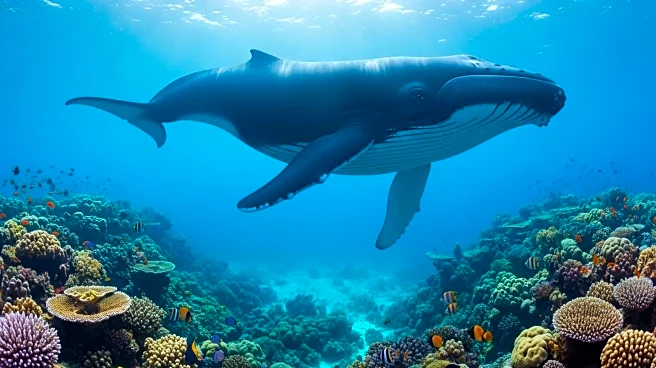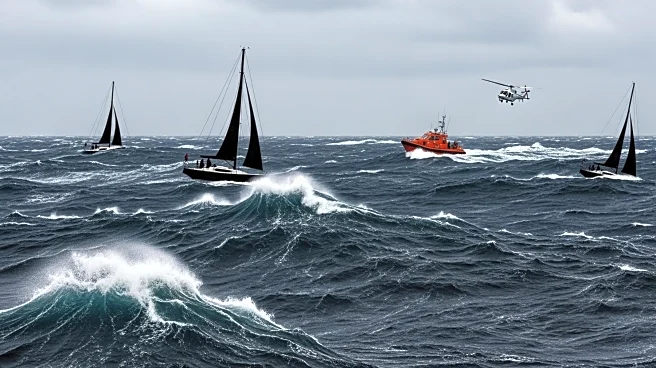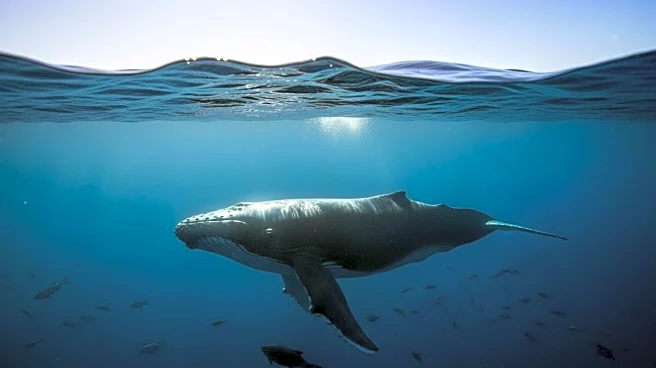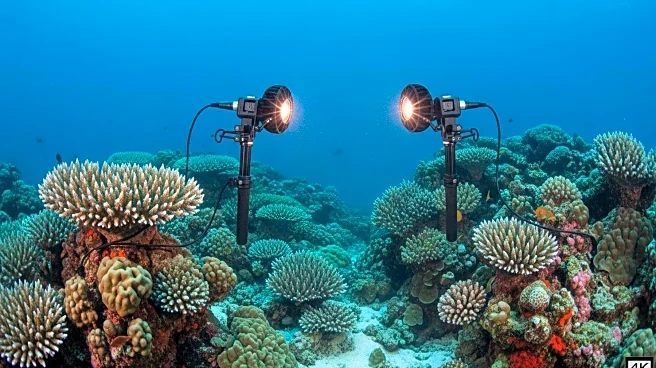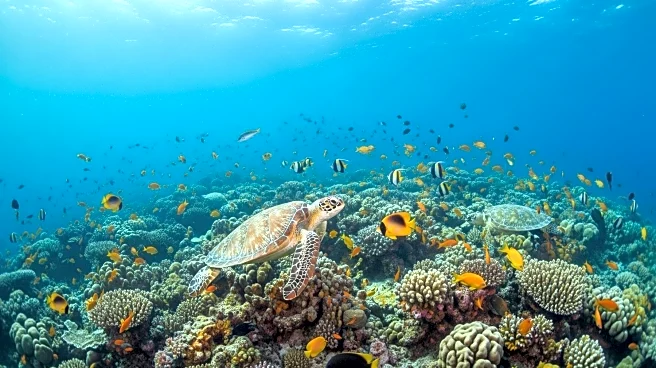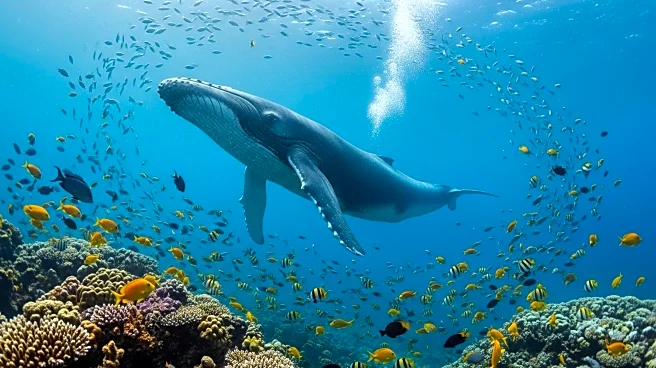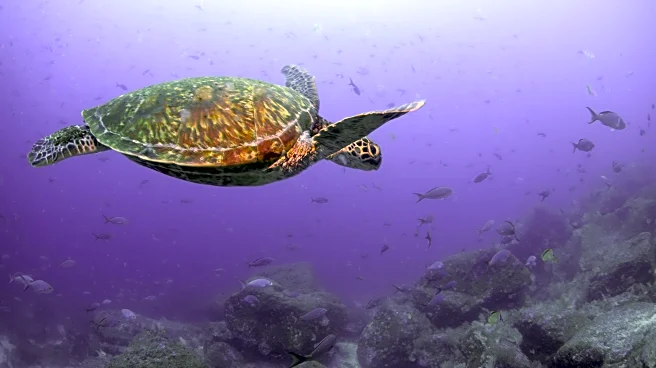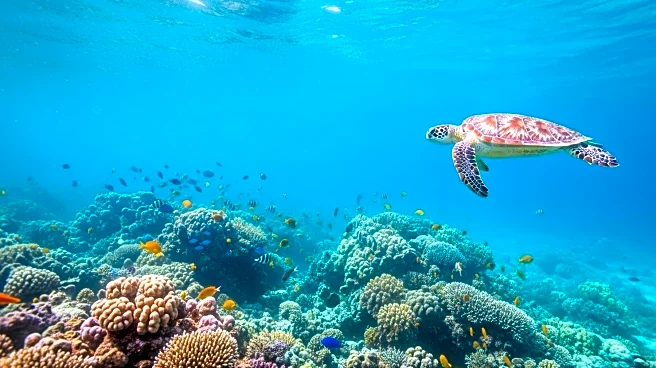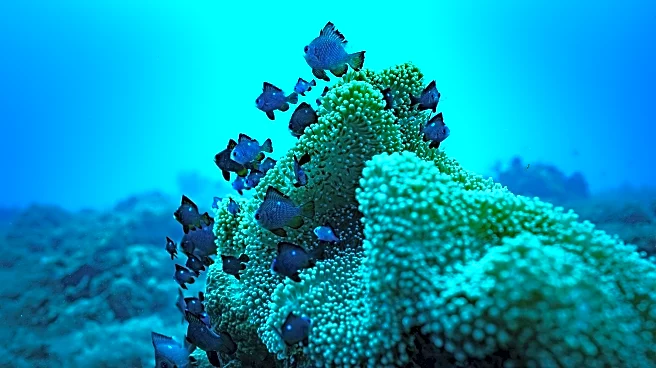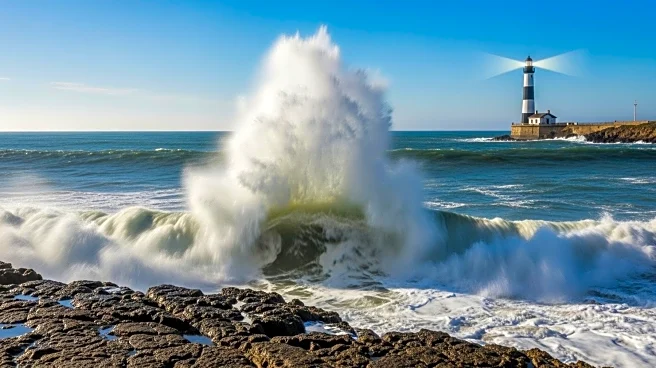What is the story about?
What's Happening?
The United Nations High Seas Treaty, known as the Biodiversity Beyond National Jurisdiction (BBNJ) agreement, is set to become law after nearly two decades of negotiations. With 60 countries signing the treaty, it will come into effect on January 17, 2026. The treaty aims to designate at least 30% of international waters as protected marine areas by 2030, focusing on conserving ocean biodiversity and mitigating climate change impacts. The ocean plays a crucial role in absorbing carbon emissions and supporting diverse marine life, but faces threats from industrial fishing and potential deep-sea mining. Conservation groups, including the Deep Sea Conservation Coalition (DSCC), have raised concerns about the treaty's ability to fully protect the deep sea from destructive practices like bottom trawling and mining.
Why It's Important?
The High Seas Treaty represents a significant step in global efforts to protect ocean ecosystems, which are vital for biodiversity and climate regulation. By establishing protected marine areas, the treaty seeks to halt nature loss and support sustainable fisheries, benefiting both marine life and human communities reliant on ocean resources. However, the treaty's effectiveness will depend on its implementation and enforcement, particularly in addressing deep-sea mining and bottom trawling. These practices pose risks to biodiversity hotspots and could undermine the treaty's conservation goals. The treaty's success could influence international collaboration on environmental issues, setting a precedent for future agreements.
What's Next?
As the treaty comes into force, countries will need to focus on implementing its provisions effectively. This includes establishing protected areas, regulating fishing practices, and potentially imposing moratoriums on deep-sea mining. Conservation groups are urging governments to extend protections to seamounts and other critical habitats. The treaty's impact will be monitored by international organizations and conservationists, who will assess its ability to safeguard marine biodiversity and support sustainable ocean use. The success of the treaty could lead to further international cooperation on environmental conservation.
Beyond the Headlines
The High Seas Treaty highlights the complex interplay between conservation efforts and economic interests, such as fishing and mining. Balancing these priorities will require careful negotiation and collaboration among nations. The treaty also underscores the importance of global governance in addressing environmental challenges that transcend national borders. Its implementation could drive innovation in marine conservation strategies and technologies, fostering a more sustainable approach to ocean management.
AI Generated Content
Do you find this article useful?
